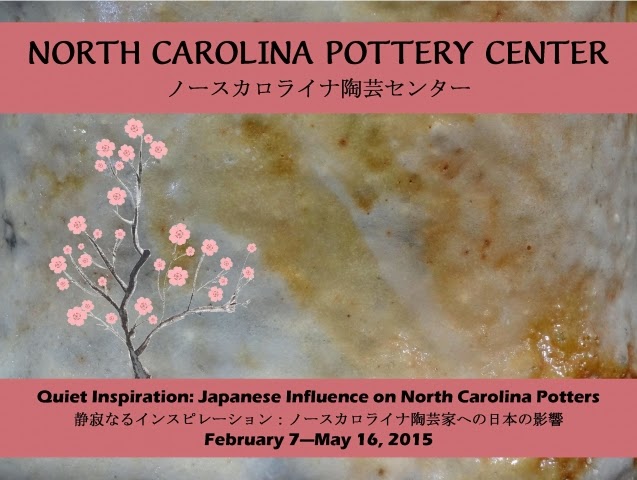Tuesday - Clay Share
Statuette of a Hippopotamus
 |
| Hippopotamus, Middle Kingdom, 1981–1885 B.C. Egyptian; collection of Metropolitan Museum of Art |
Egyptian faience is a self glazing ceramic paste that goes back 7,000 years ago. It is primarily silica with fluxes added as soluble salts. As the material drys, the salts collect at the exposed surface as the water evaporates. Copper is added to the material to obtain the turquoise color. When fired, a glaze develops at the surface where the fluxing salts have become concentrated, and the silica mass becomes fused. This process is a transitional technology between glass and glazed clay objects. Essentially it is a glass material worked as a paste rather than as a material in a molten state, and then sintered, rather than fully melted.
Contemporary Egyptian paste formulas have for the most part been adjusted to contain enough clay and other materials to make them more plastic than the original faience formulas, making them easier to work with.
This Egyptian Hippopotamus is in the collection at the Metropolitan Museum of Art. Amy Waller Pottery has further information on her blog Amy Waller Pottery. Also there is an interesting article about Faience by K. Kris Hirst.
 |
| Hippopotamus, Middle Kingdom, 1981–1885 B.C. Egyptian; collection of Metropolitan Museum of Art |
Thursday - Potters Pick
Judith Duff
Judith Duff
 |
| Quiet Inspiration: Japanese Influence on North Carolina Potters - at the North Carolina Pottery Center, Seagrove, NC |
Judith Duff, a potter from Brevard, NC. is the curator for the upcoming "Quiet Inspirations: Japanese Influence on North Carolina Potters" at the North Carolina Pottery Center, in Seagrove, NC. Opening Reception is on Saturday, February 7, 2015 from 12:00—2:00 p.m.
There will be a presentation by Judith Duff at the North Carolina Pottery Center on March 8, 2015 Sunday, 2:00 pm. right after the North Carolina Potters Conference. For more information about the exhibition visit the North Carolina Pottery Center and for more information about the North Carolina Pottery Conference visit the Randolph Arts Guild.
There will be a presentation by Judith Duff at the North Carolina Pottery Center on March 8, 2015 Sunday, 2:00 pm. right after the North Carolina Potters Conference. For more information about the exhibition visit the North Carolina Pottery Center and for more information about the North Carolina Pottery Conference visit the Randolph Arts Guild.
 |
| Quiet Inspiration: Japanese Influence on North Carolina Potters - at the North Carolina Pottery Center, Seagrove, NC |
Playing off the Instrument
Meadham Kirchhoff
Meadham Kirchhoff
Meadham Kirchhoff - Edward Meadham and Benjamin Kirchhoff - Teamwork
Break out the under-glaze, over-glaze, and lusters; grab you some bright mason stains, … it's time to compete with confections as rich as these, and shed our self imposed ceramic aesthetic proprieties.
We post our: Clay Share - Tuesday,
Potters Pick - Thursday,
Playing off the Instrument - Sunday
weekly on our Bulldog Pottery Facebook Page







1 comment:
the hippo is a beauty
Post a Comment